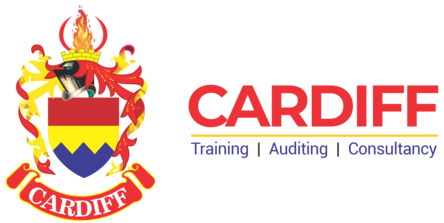Rigger III Course Overview:
The course teaches the correct usage and pre-use inspection of rigging equipment, slings, and below-the-hook lifting devices, as well as rejection criteria, so that students are able to recognise broken equipment and remove it from service before it creates a hazardous situation. Workers are instructed on how to conduct periodic inspections, including how the accumulation of minor flaws can lead to harmful equipment.
Targeted Audience:
- Managers
- Supervisors
- Foreman
- Riggers
- Operators of Legal Age.
Course Outline:
This curriculum covers both technical training and the necessary exam to fulfil standards.
The course shows the proper usage and pre-use inspection of rigging gear, slings, and below-the-hook lifting devices to ensure that participants are competent.
Following completion of this course, participants will be able to:
- Assess any risks posed by the hoisting procedure.
- Take control measures to address the hazards that have been identified.
- Determine the path for lifting and transporting the weight to minimise risks to employees and the environment.
- Provide an accurate assessment of the load’s approximate weight, including a sufficient safety factor.
- Discuss, discuss, and ensure that the lifting team understands the planned lifting plan and risk assessment.
- Discuss, discuss, and agree with the necessary employees on the emergency procedures for the lifting operation.
- Notify the appropriate staff of the lifting operation and identify any potential operational disruptions.
- Acquire the resources listed in the lifting plan as necessary for moving the load, in accordance with applicable rigging loft procedures.
- Verify that the lifting equipment and lifting accessories are devoid of evident flaws and that the certification is current.
Inspect lifting equipment and lifting accessories before to use. - Arrange the load according to the lifting plan’s stipulated specifications.
- Safeguard the weight from potential damage during the hoisting process.
- Connect the lifting accessories to the load using standard practises in the industry.
- Find the centre of gravity of a weight whose centre of gravity is offset.
- Install and place the lifting equipment such that its load is distributed evenly.

